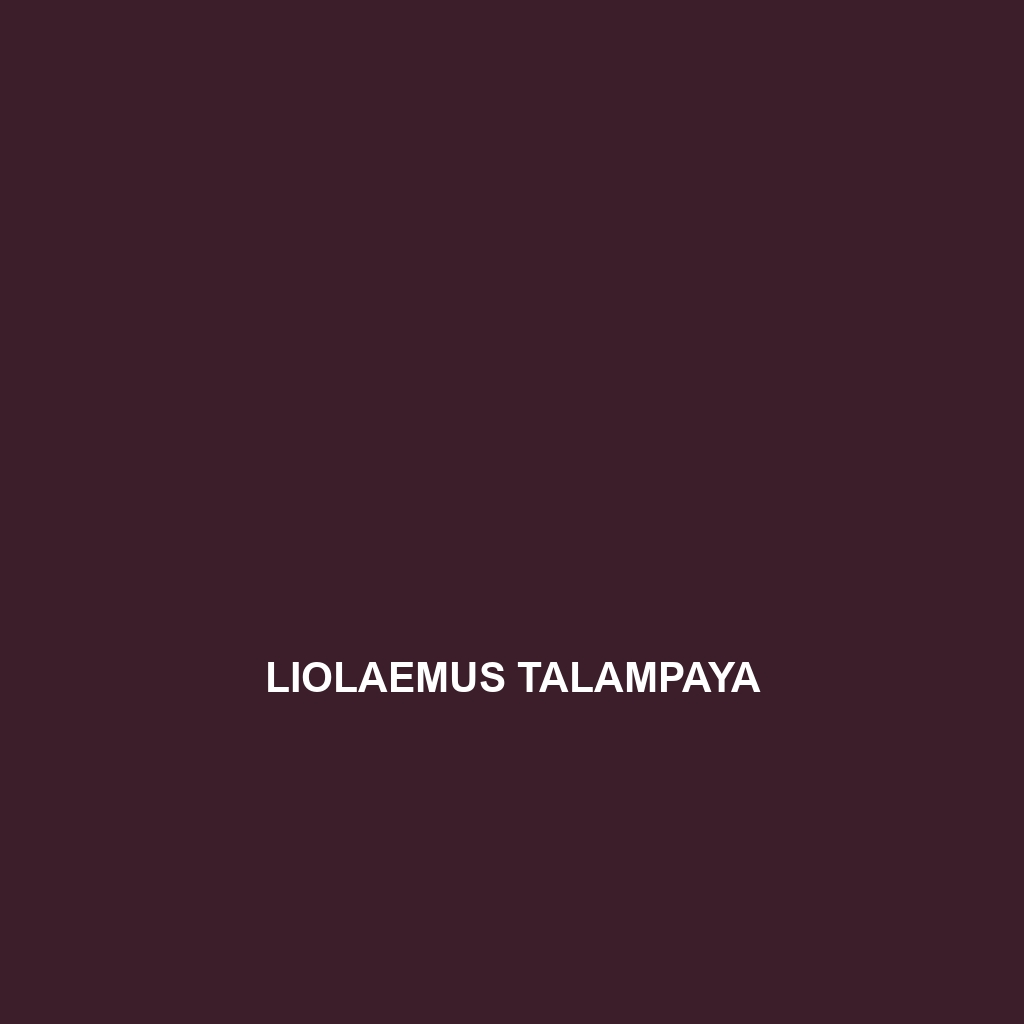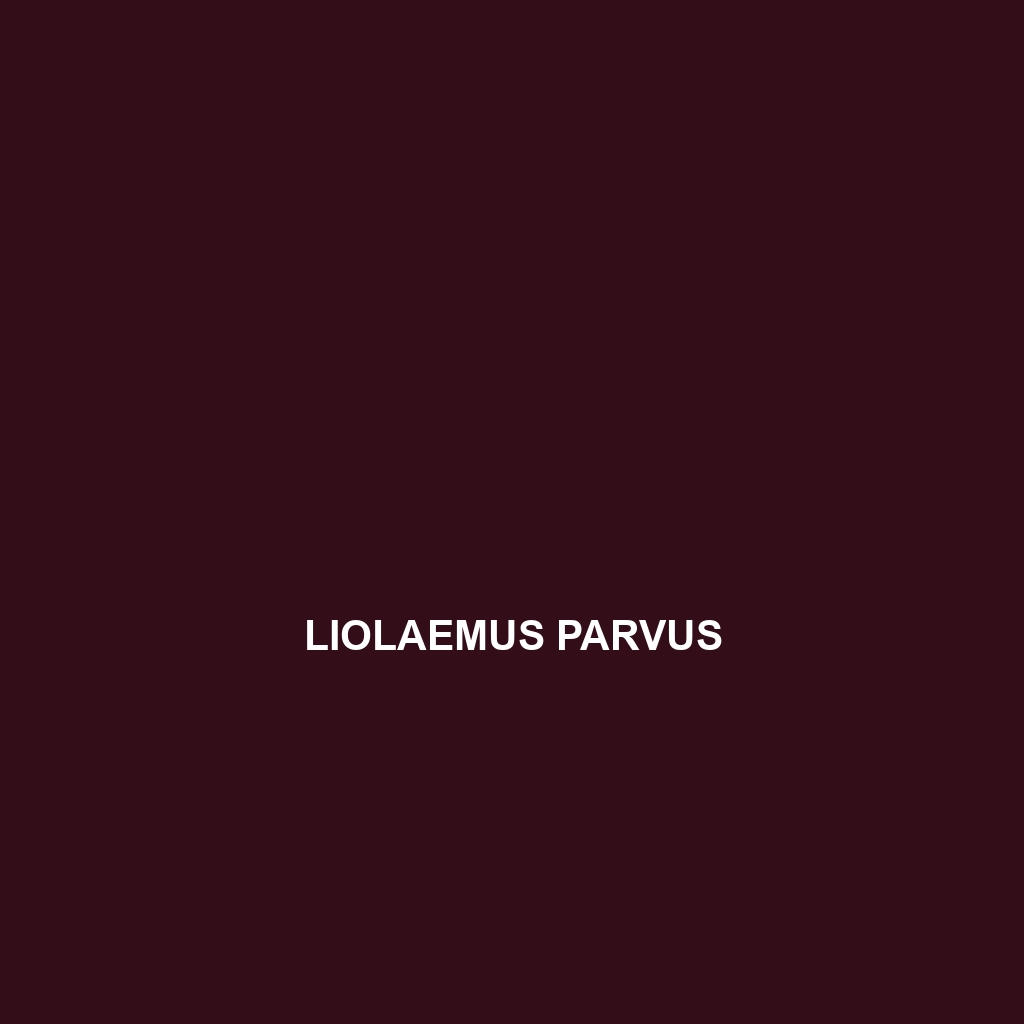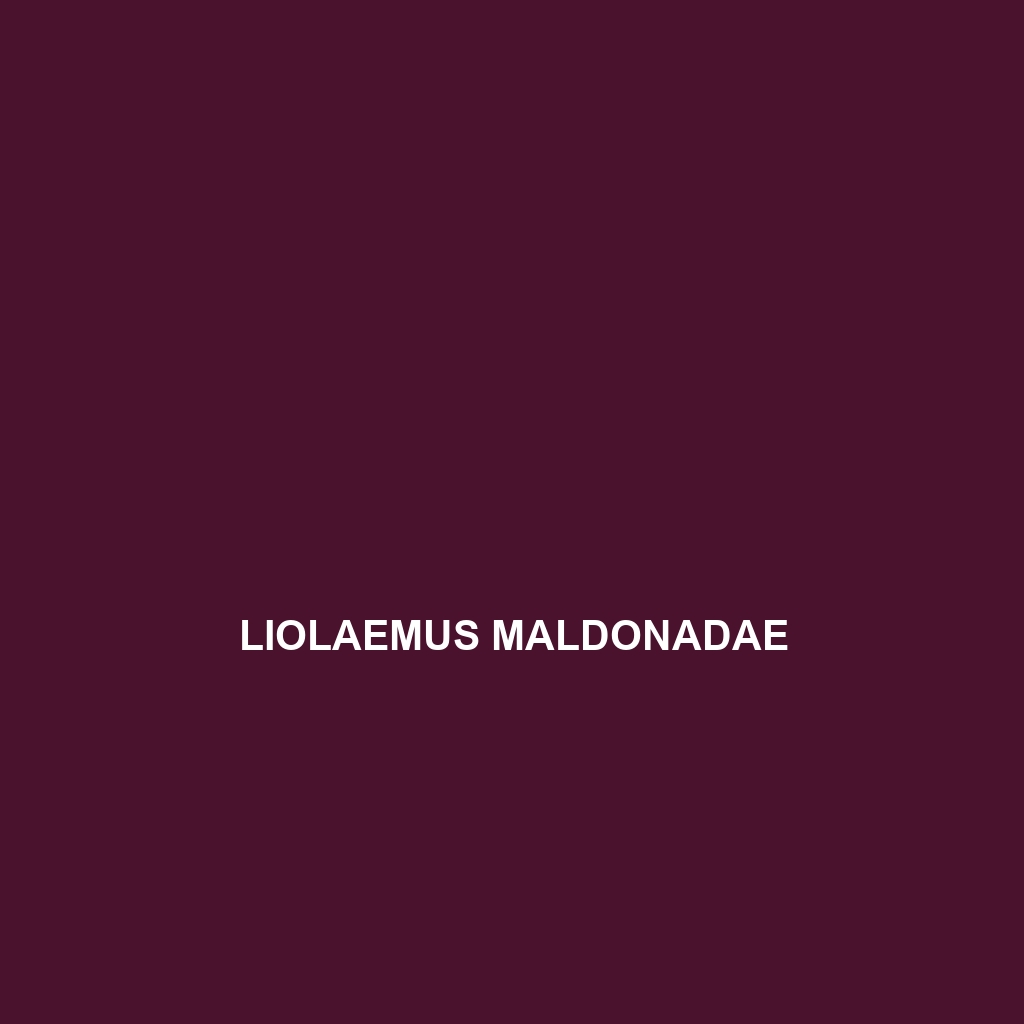<p><b>Liolaemus vulcanus</b>, commonly found in the arid Andean foothills of Chile and Argentina, is a hardy, diurnal lizard that thrives in rocky environments. Typically measuring 7 to 10 cm in length, this insectivorous species exhibits remarkable adaptability to extreme altitudes and temperatures, playing a crucial role in its ecosystem as both a predator and prey.</p>
Tag: Argentine reptiles
Liolaemus umbrifer
Discover the Liolaemus umbrifer, or Umbrifer Lizard, a stunning insectivore native to the temperate forests of Argentina and Chile, known for its earthy coloration, impressive ability to camouflage, and unique behavioral patterns, including vibrant courtship displays during mating season. This resilient species plays a vital role in its ecosystem by regulating insect populations and serving as prey for larger predators.
Liolaemus tulkas
Introducing the Liolaemus tulkas, a striking lizard native to the rugged Patagonian region of Argentina. With its distinctive brown and gray mottled coloration, this diurnal insectivore thrives in semi-arid habitats, playing a vital role in its ecosystem by controlling insect populations while serving as prey for larger predators.
Liolaemus tajzara
The Liolaemus tajzara is a medium-sized lizard native to the rugged Andes, characterized by its muted brown and green coloration with bright blue markings. Inhabiting high-altitude grasslands, it plays a vital ecological role as an insectivore and bioindicator of environmental health.
Liolaemus sarmientoi
Discover the fascinating Liolaemus sarmientoi, or Sarmiento's Liolaemus, a distinctive lizard native to the arid regions of Argentina's Patagonian steppe, characterized by its light brown or gray coloration with dark spots, diurnal behavior, and insectivorous diet. This resilient species plays a vital role in the ecosystem, helping control insect populations while adapting to extreme environmental conditions.
Liolaemus sanjuanensis
<b>Liolaemus sanjuanensis</b> is a striking lizard native to the rocky outcrops and scrubland of San Juan Province, Argentina, displaying earthy tones that aid in camouflage and growing up to 20 cm in length. This diurnal insectivore exhibits unique social behaviors, such as basking in groups and performing territorial displays, while playing a crucial role in maintaining the ecological balance of its habitat.
Liolaemus puritamensis
Liolaemus puritamensis, commonly found in the temperate forests and grasslands of South America, is a distinctive lizard species known for its agile movements, unique coloration, and ability to retain moisture through granular scales. Primarily insectivorous, these diurnal lizards play a crucial ecological role in regulating insect populations and contributing to nutrient cycling in their habitats.
Liolaemus parvus
Liolaemus parvus is a small, insectivorous lizard native to the temperate forests and savannas of Argentina and Chile, typically measuring 5 to 10 centimeters in length. Known for its distinctive coloration and rough texture, this diurnal species plays a crucial role in its ecosystem by controlling insect populations while also serving as prey for various birds and mammals.
Liolaemus pantherinus
<p><b>Liolaemus pantherinus</b>, or the Patagonian lizard, is a striking species found in the diverse ecosystems of Patagonia, Argentina, and Chile, characterized by its vibrant coloration and agile movement. This insectivorous lizard plays a crucial role in regulating insect populations and serves as a bioindicator for ecosystem health.</p>
Liolaemus maldonadae
Introducing the Liolaemus maldonadae, or Maldonado's lizard, a distinctive insect-eating lizard native to the temperate forests and shrublands of southern South America. This adaptable species features vibrant coloration, can grow up to 30 cm, and plays a vital role in its ecosystem by regulating insect populations and contributing to the food web.









